Is this a hackberry tree?
jeanner
13 years ago
Related Stories

GARDENING GUIDESTree Care: Common Tree Diseases and What to Do About Them
Learn to recognize trees that may be affected by diseases or pests so you can quickly take action
Full Story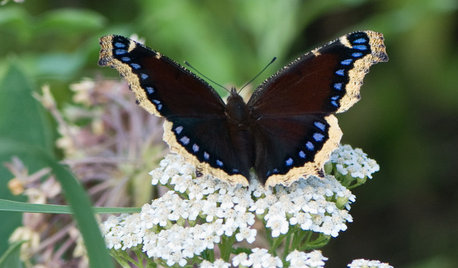
GARDENING GUIDESMourning Cloak Butterflies Herald Spring
These butterflies feed at tree-sap flows in spring and visit native plant flowers for nectar in early summer
Full Story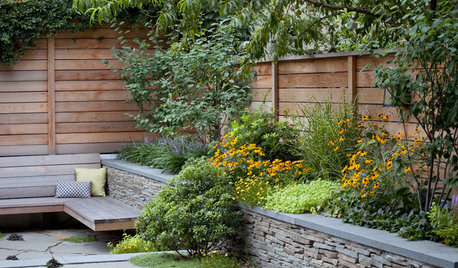
FALL GARDENINGWhat to Plant Now to Benefit Wildlife in Spring
These North American native plants will support birds, butterflies and other pollinators when spring comes
Full Story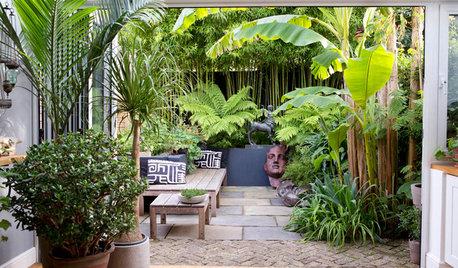
INSPIRING GARDENSEarth-Friendly Garden Ideas at the RHS Chelsea Flower Show 2020
This year’s virtual version of the iconic RHS show reflected a renewed love of nature and its restorative powers
Full Story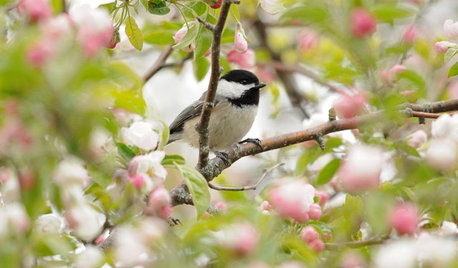
LANDSCAPE DESIGN10 Ways to Make Your Landscape More Environmentally Friendly
From creating wildlife highways to planting pretty pollinators, there are lots of simple ways to be green in the garden
Full Story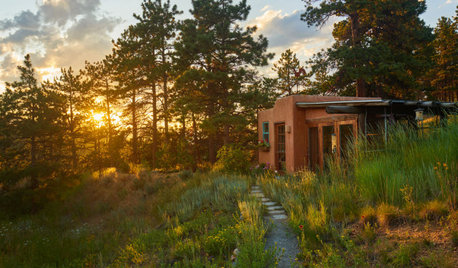
EARTH DAY12 Sustainable Gardening Ideas From Landscape Design Pros
Create a more earth-friendly garden by planting for pollinators, ditching pesticide use and more
Full Story
FALL GARDENINGWhy Fall Is the Best Time for Planting
Spring is overrated for planting. Starting plants in autumn has advantages for both garden and gardener
Full Story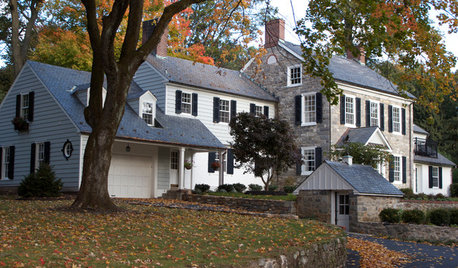
HOUSEKEEPINGIt’s Time to Clean Your Gutters — Here’s How
Follow these steps to care for your gutters so they can continue to protect your house
Full Story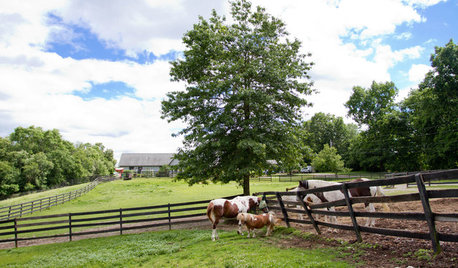
HOUZZ TOURSHouzz Call: Show Us Your Farmhouse!
Bring on the chickens and vegetable patches. If your home speaks country, it might appear in a featured ideabook
Full Story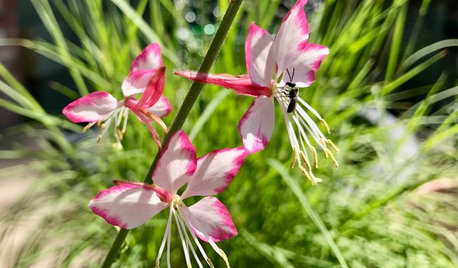
GARDENING GUIDESHow to Find Your Garden’s Voice
Incorporate plants native to your region for a memorable space that brings back the landscape’s ‘regional accent’
Full StoryMore Discussions







runmede
jeannerOriginal Author
Related Professionals
Bridgeview Landscape Contractors · Clayton Landscape Contractors · Columbine Landscape Contractors · Forest Hills Landscape Contractors · Nashua Landscape Contractors · Parker Landscape Contractors · Shoreview Landscape Contractors · View Park-Windsor Hills Landscape Contractors · Wallingford Landscape Contractors · Apache Junction Fence Contractors · Arroyo Grande Fence Contractors · Ashland Fence Contractors · Fallbrook Fence Contractors · 45056 Window Contractors · Hammond Window Contractorsrhizo_1 (North AL) zone 7
bananasinohio
runmede
catherinet
jeannerOriginal Author
runmede
jeannerOriginal Author
runmede